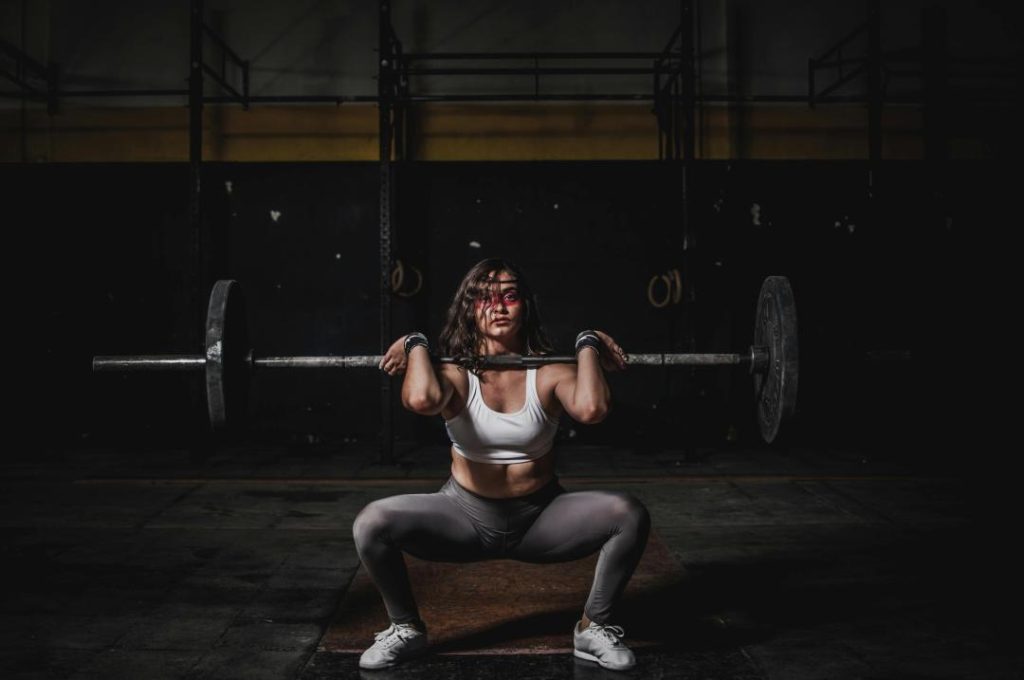
New Study Shows Squat Intensity Influences Calorie Burn
When it comes to exercising, few movements are as effective and versatile as the squat. This compound exercise works multiple muscle groups, including the quadriceps, hamstrings, glutes, and core, making it a staple in many fitness routines. However, a recent study has shed new light on the relationship between squat intensity and calorie burn, providing valuable insights for trainers and athletes alike.
Published in Scientific Reports, the study investigated the effects of squat intensity on energy use, oxygen uptake, and heart rate in young adults. The researchers aimed to explore how different squat intensities impact movement efficiency and cardiovascular response, with a focus on designing training programs that balance strength, endurance, and overall fitness goals.
Study Methods
The study involved 12 healthy young adults (six men and six women) with a mean age of 23.5 years. Participants performed three types of squat exercises: heavy low-repetition (HLR), light high-repetition (LHR), and control (no squat). Each exercise was performed for 30 seconds, with a 30-second rest period in between.
The HLR exercise involved performing 3 sets of 3-5 reps at a weight that allowed participants to complete the given number of reps with proper form. This intensity was designed to challenge the participants’ strength and power.
The LHR exercise, on the other hand, involved performing 3 sets of 12-15 reps at a weight that allowed participants to complete the given number of reps with proper form. This intensity was designed to challenge the participants’ endurance and cardiovascular fitness.
The control exercise consisted of a 30-second rest period, with no squatting or movement.
Findings
The researchers found that both HLR and LHR squats significantly increased energy expenditure, oxygen uptake, and heart rate compared to the control exercise. However, the intensity and duration of these responses differed between the two squat exercises.
The HLR exercise resulted in a higher peak oxygen uptake (VO2peak) and energy expenditure (EE) compared to the LHR exercise. This suggests that heavy squats at a low repetition range are more effective at challenging the cardiovascular system and increasing energy expenditure.
In contrast, the LHR exercise resulted in a higher heart rate and oxygen uptake during the second half of the exercise, indicating that light squats at a high repetition range are more effective at challenging the cardiovascular system over a longer duration.
Implications for Training
The findings of this study have important implications for trainers and athletes looking to design effective training programs. By incorporating both HLR and LHR squats into their routine, individuals can balance their strength, endurance, and cardiovascular fitness goals.
For those looking to improve their strength and power, heavy low-repetition squats may be the most effective choice. This type of exercise can help increase muscle mass and strength, particularly in the quadriceps, hamstrings, and glutes.
On the other hand, light high-repetition squats may be more effective for improving cardiovascular fitness and endurance. This type of exercise can help increase heart rate and oxygen uptake, improving cardiovascular function and overall fitness.
Conclusion
In conclusion, the study highlights the importance of considering squat intensity when designing training programs. By varying the intensity and volume of squat exercises, individuals can challenge their strength, endurance, and cardiovascular fitness in different ways.
As the fitness industry continues to evolve, it’s essential to stay up-to-date on the latest research and findings. The study’s conclusions provide valuable insights for trainers and athletes looking to optimize their training programs and achieve their fitness goals.
Source
https://thepfc.club/blogs/news/understanding-squat-training-and-its-impact-on-your-body






